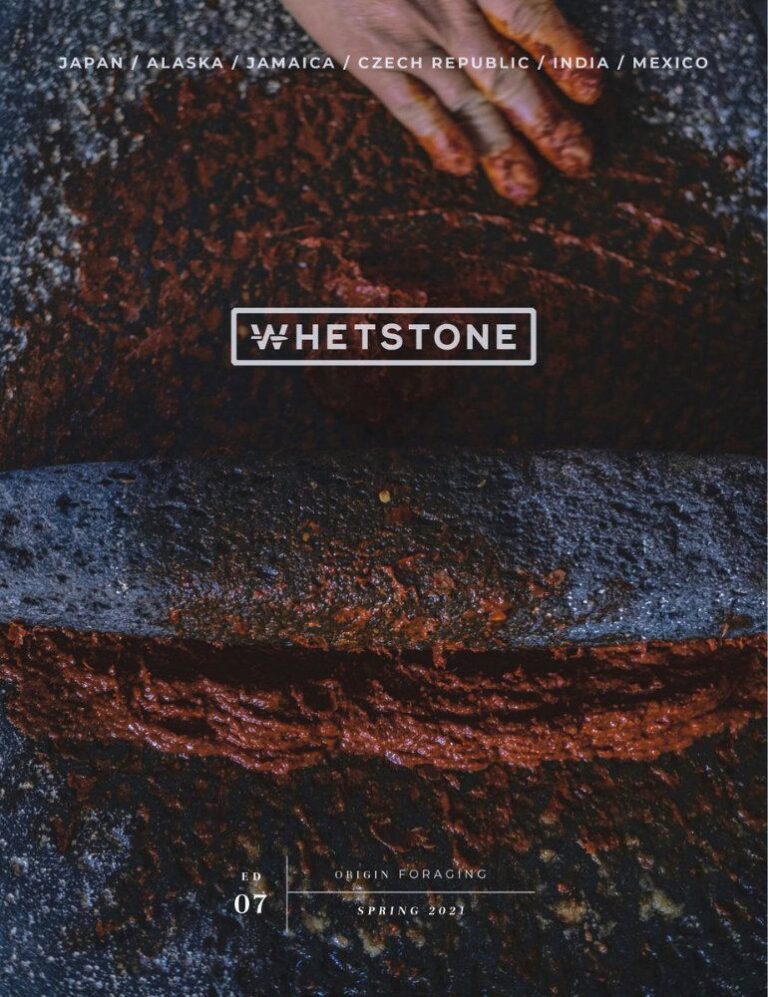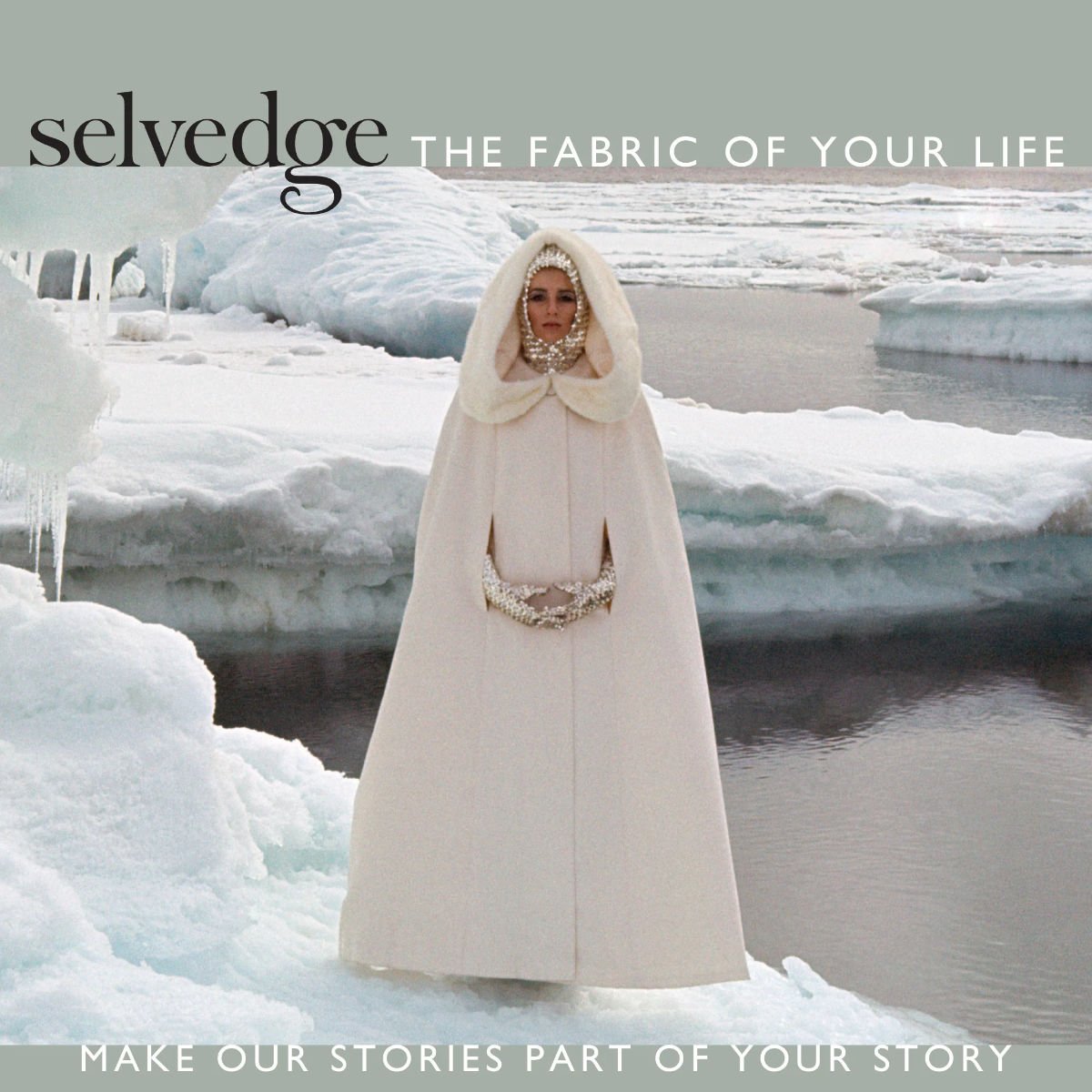

Fibre may seem to be fluff, yet it bears the weight of human history. It was a driving force in the evolution of money, double-entry accounting, and banking. Thread was weaved into the sails blown by global trade winds. Cloth is crucial to the stories of colonialism and slavery, the Industrial Revolution, the computer era, and the rise of the pharmaceutical business. Textiles, too, are part of the technological revolution, due to the internet. Textiles are a culturally laden item that expresses identity more thoroughly than any other. This nonsense is quite potent.
Unfortunately, textiles are at the forefront of the climate catastrophe; their manufacturing is inextricably linked to the injustices that afflict our society. The editor is mortified that this rot in our connection with fabric has reached a tipping point in her lifetime. She was born in 1966, when the typical individual spent more than 10% of their income on clothing and purchased less than 25 items each year. In the last half-century, the typical individual has spent less than 3% of their income on clothing. Despite this, we consume more clothes than ever before: approximately 20 billion garments each year, or 70 per person - more than one every week. Every year, more than 40 million tons of textiles are discarded, a figure that has more than quadrupled in the previous 20 years. Our obsession with textiles and insatiable drive for ever-cheaper manufacturing has contributed to the climate problem, but she thinks textiles offer the answer to a sustainable future.
Polly Leonard founded Selvedge in 2004 to express her mental and sensuous addiction to fabric while encouraging well-crafted and thoughtful textiles. Every month, she fell more in love with textiles, captivated by the tales and lifestyles of the magazine's brilliant creators. These tales, recounted via the magazine's pages, recognize the importance of textiles as a part of everyone's experience. She feels that the most intriguing and evocative textile tales ought to be exhibited in their finest light, and she strives to create an aesthetically pleasing experience.